A Conversation with Cleveland Photographer Chuck Mintz on his Compelling Project "Precious Objects"
Scroll down to view images
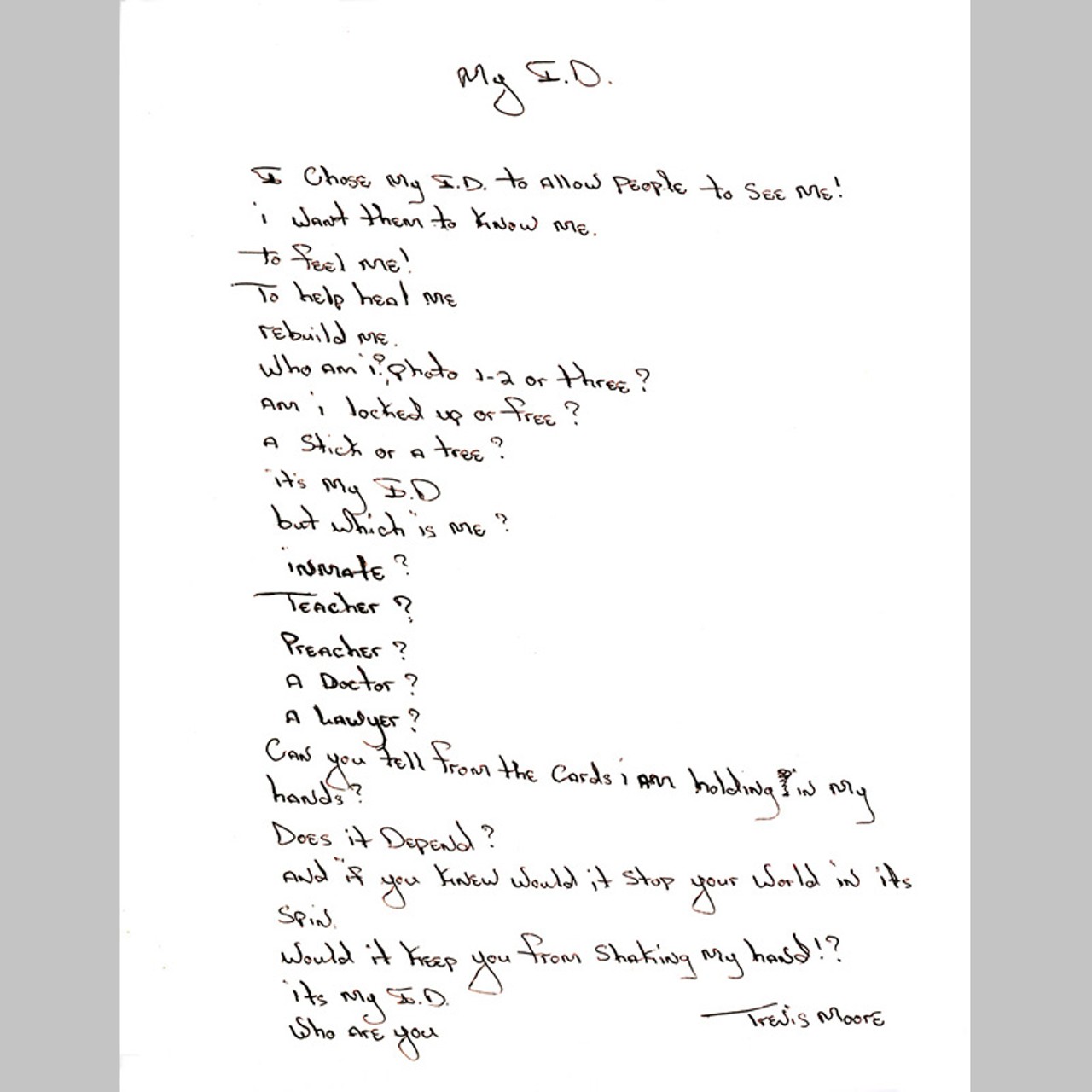
A: Robbii- that's two 'B's," two 'I's,"- he was the other one. He had his father’s teeth that he kept as his desk. He didn’t talk much to his dad when he was around. To me that’s such a great story because we all regret not having talked to our parents, grandparents, family when we could. Even beyond that we are inundated with noise in our society. It’s really hard to stop and listen to other people’s stories. And it’s hard to judge which ones really have meaning. Both Robbii and Trevis have a lot of meaning for me.

A: Really it was two things: we moved a few years ago and were forced to deal with the accumulation of many, many years worth of stuff in our home. And two, a friend of mine had a camera that was really important to her, and she asked me, "Do you have anything that’s really important to you?" My answer was no. But then I thought about how physical, material things can represent important people, moments, and ideas in your life. I began to photograph people with their important possessions and the stories that emerged were so compelling that they overwhelmed many of the original ideas I had for this piece.
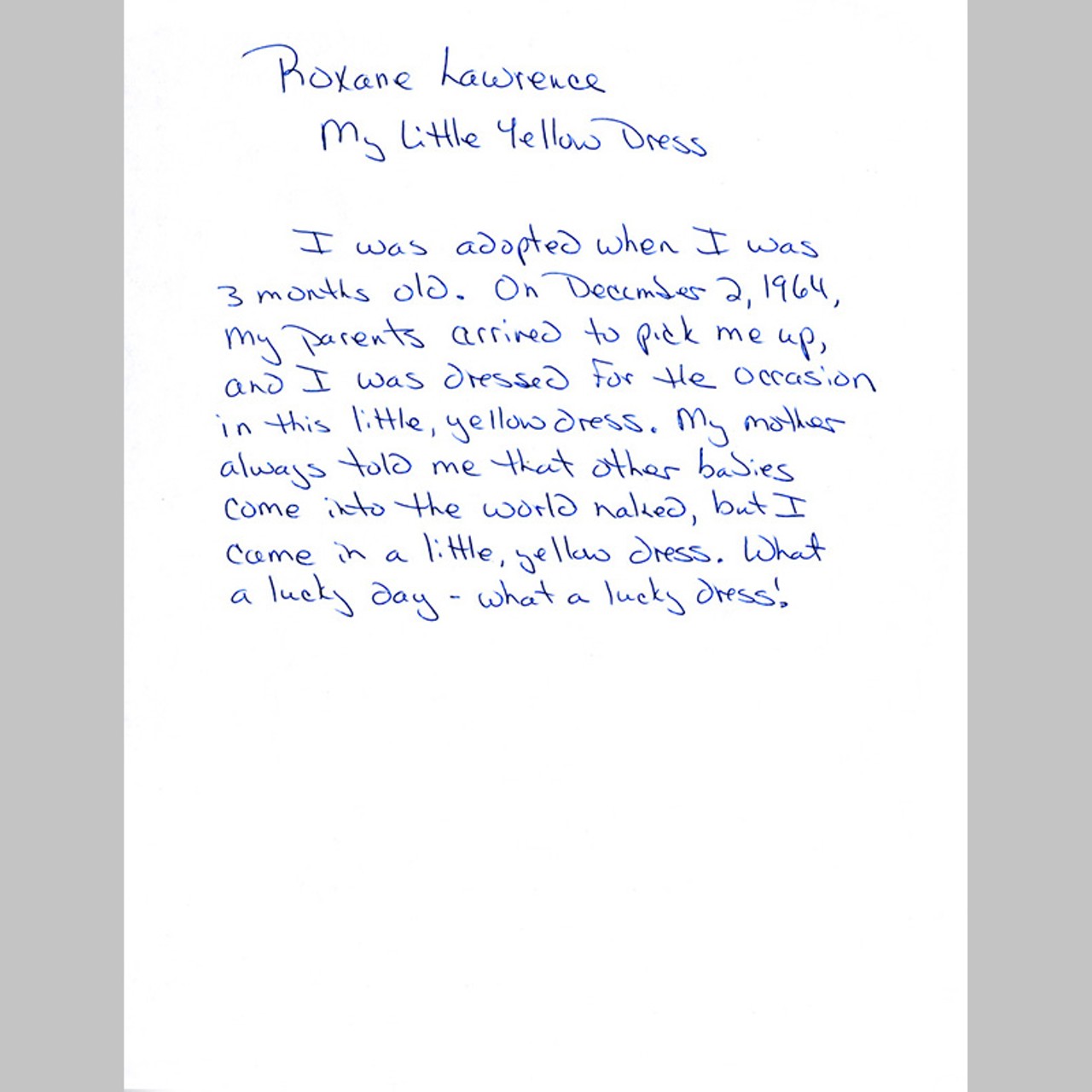
A: It ranged from friends, and friends and family of friends, to people who just showed up on the signup sheet. I also posted ads on Craigslist.
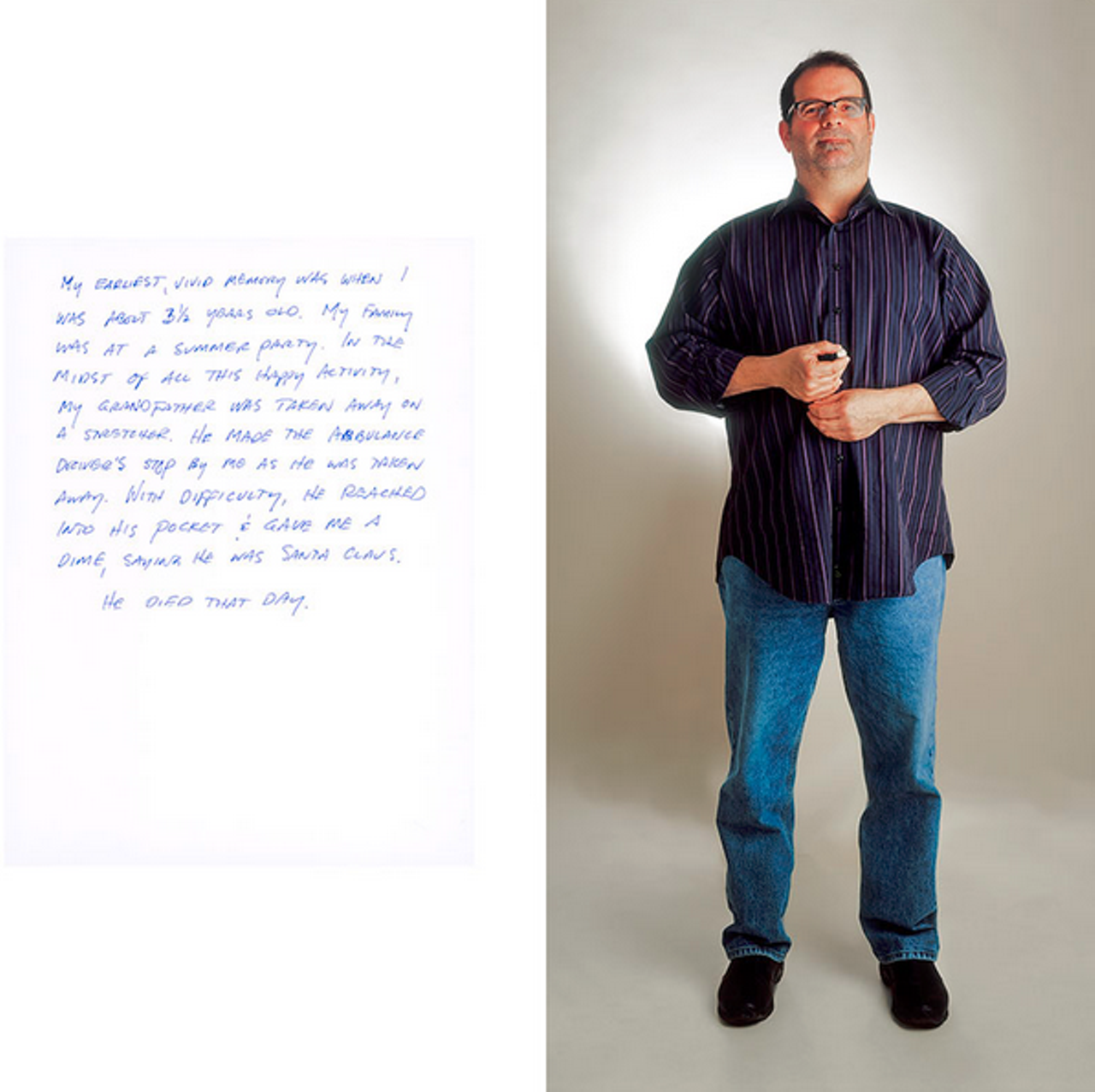
A: I wouldn't allow people to bring in living things. A pet or another human kind of defeat the purpose of the project. I discouraged things like computers. The model is something that has special meaning for you, that you've had a long time, would not replace if you lost it. A laptop kind of fails that third test.
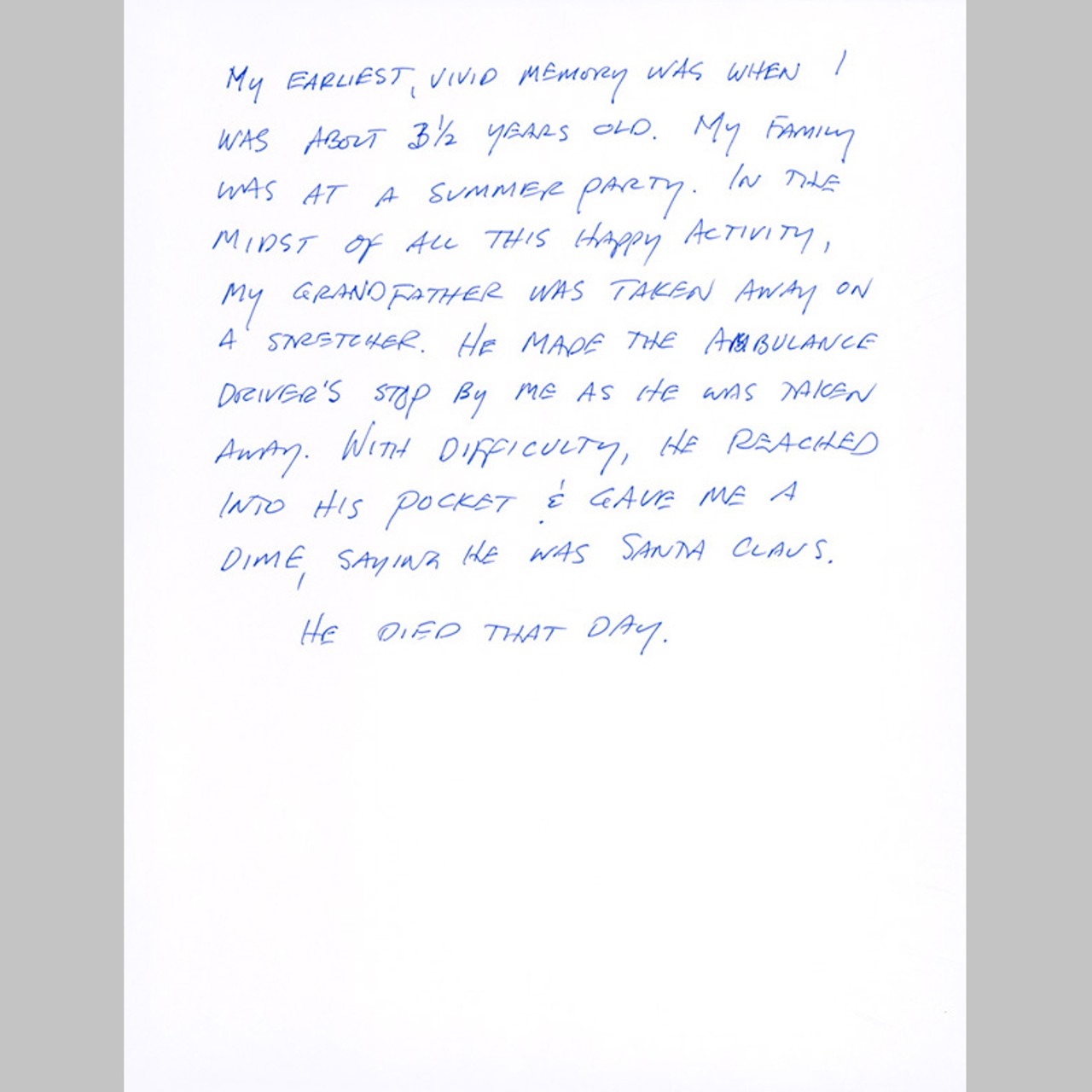
A: This was an effort on my part to take myself out of their stories as much as possible. The paper was laid out at an angle to allow either portrait or landscape orientation. Some people brought in their statements already written. Others wrote them after I had taken their photos. The only thing I didn't allow them to do was type.
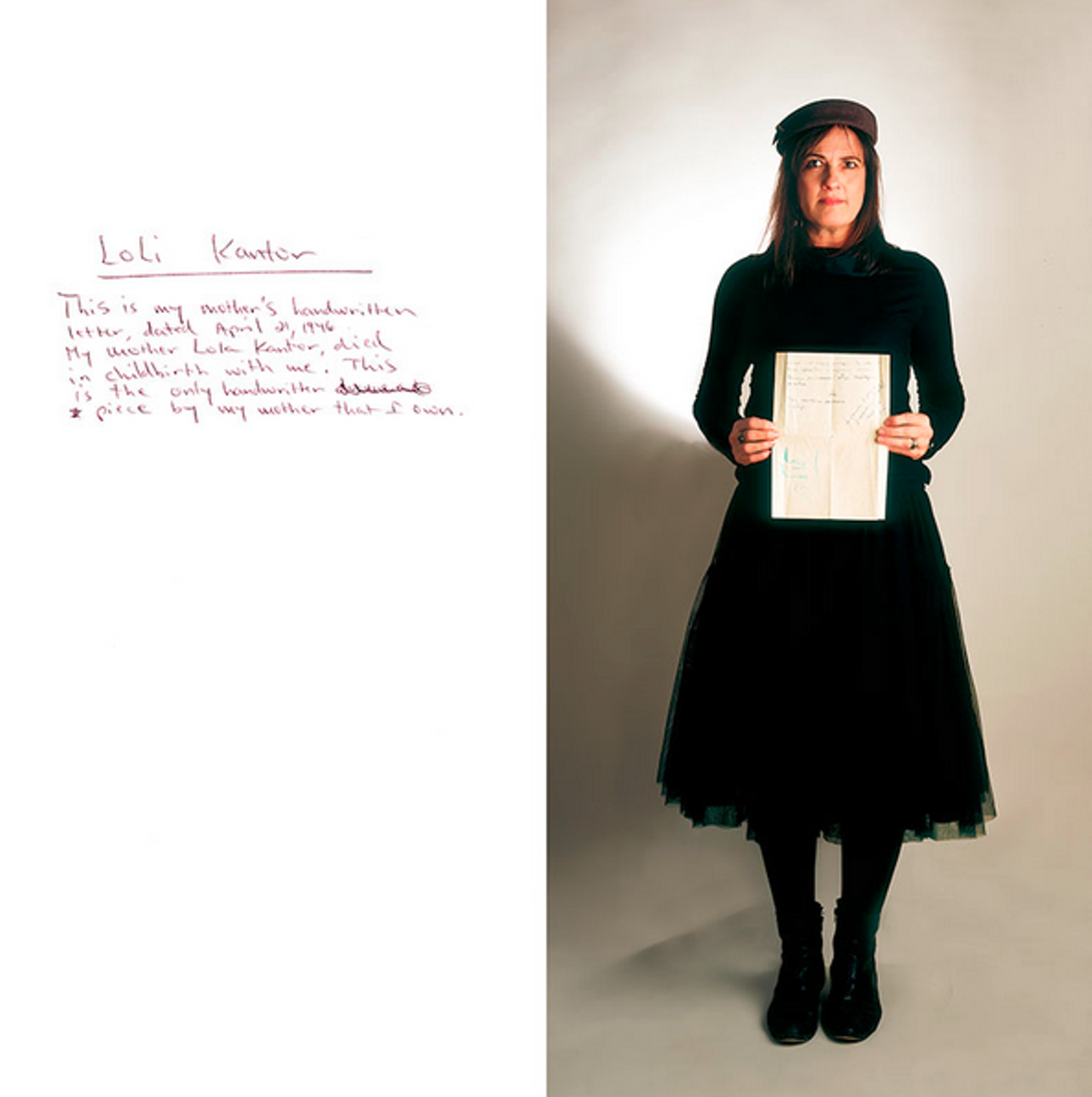
A: There’s some kind of correlation: people look like their handwriting, kind of like some people look like their dogs. There are specific subjects who appeared angular or flowy- their handwriting, too, would look angular or flowy down the page. It gets at the heart of what I was trying to do: let people interpret themselves rather than let me interpret them. There’s something fun about people's presentations. As a visual person, I found it kind of delightful.
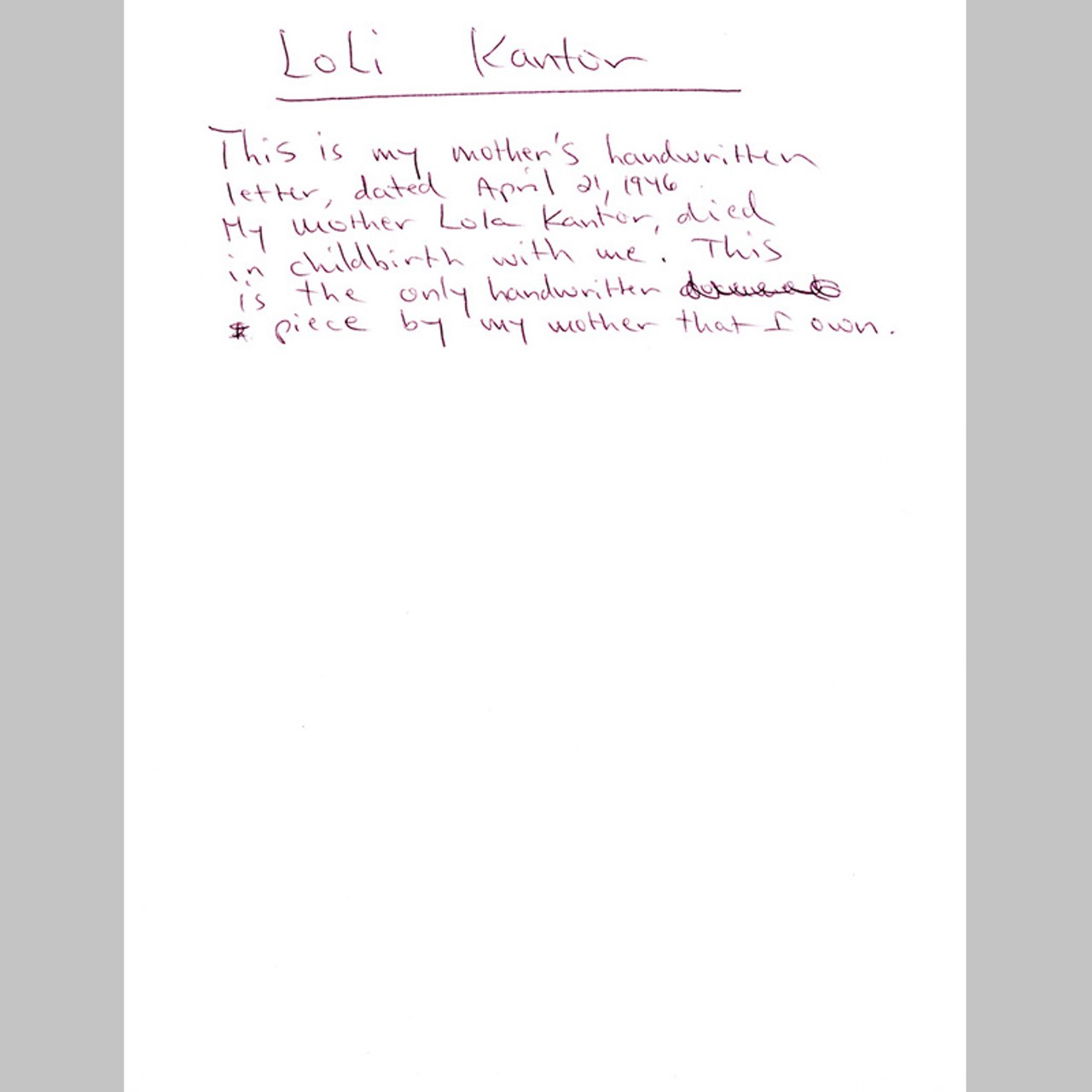
A: This was the first project I did where every subject I did had to produce a picture. I got email addresses for everyone and sent them their photos. But a number of them never got back to me so there’s the possibility that people who participated didn't get to see anything.

A: There were a lot of them. There were two that are really pretty special for me. One is a fellow by the name of Trevis, who brought in his inmate card from prison and his library card. He wrote a poem as his written statement, a poem about identity. I think we all struggle with identity. This whole idea of identity- how we identify ourselves, how others identify us, it's all very compelling.
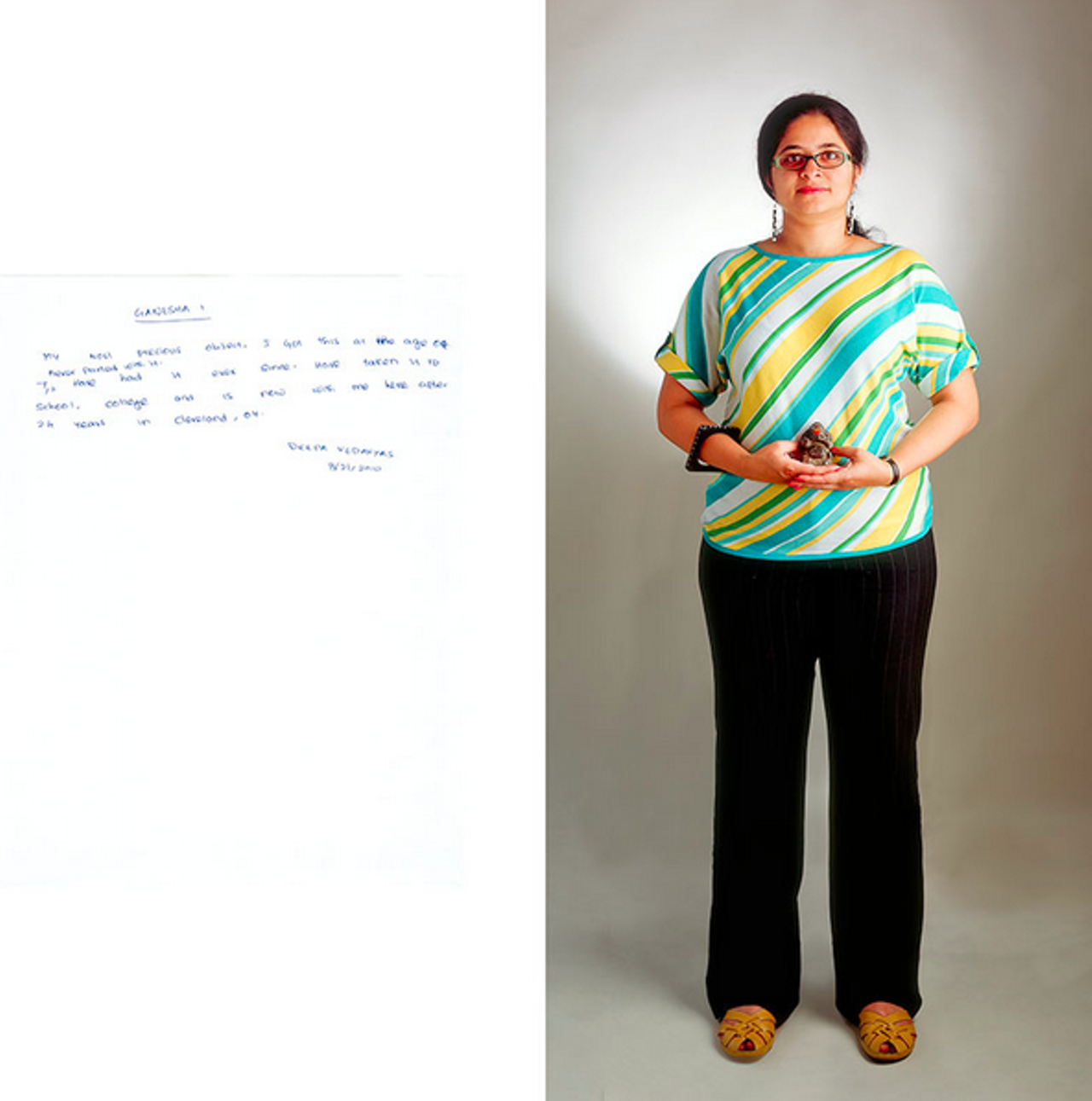
A: 172 images from eight locations: Cleveland, Beachwood, Columbus, Long Island, Atlanta, Houston, and Los Angeles.
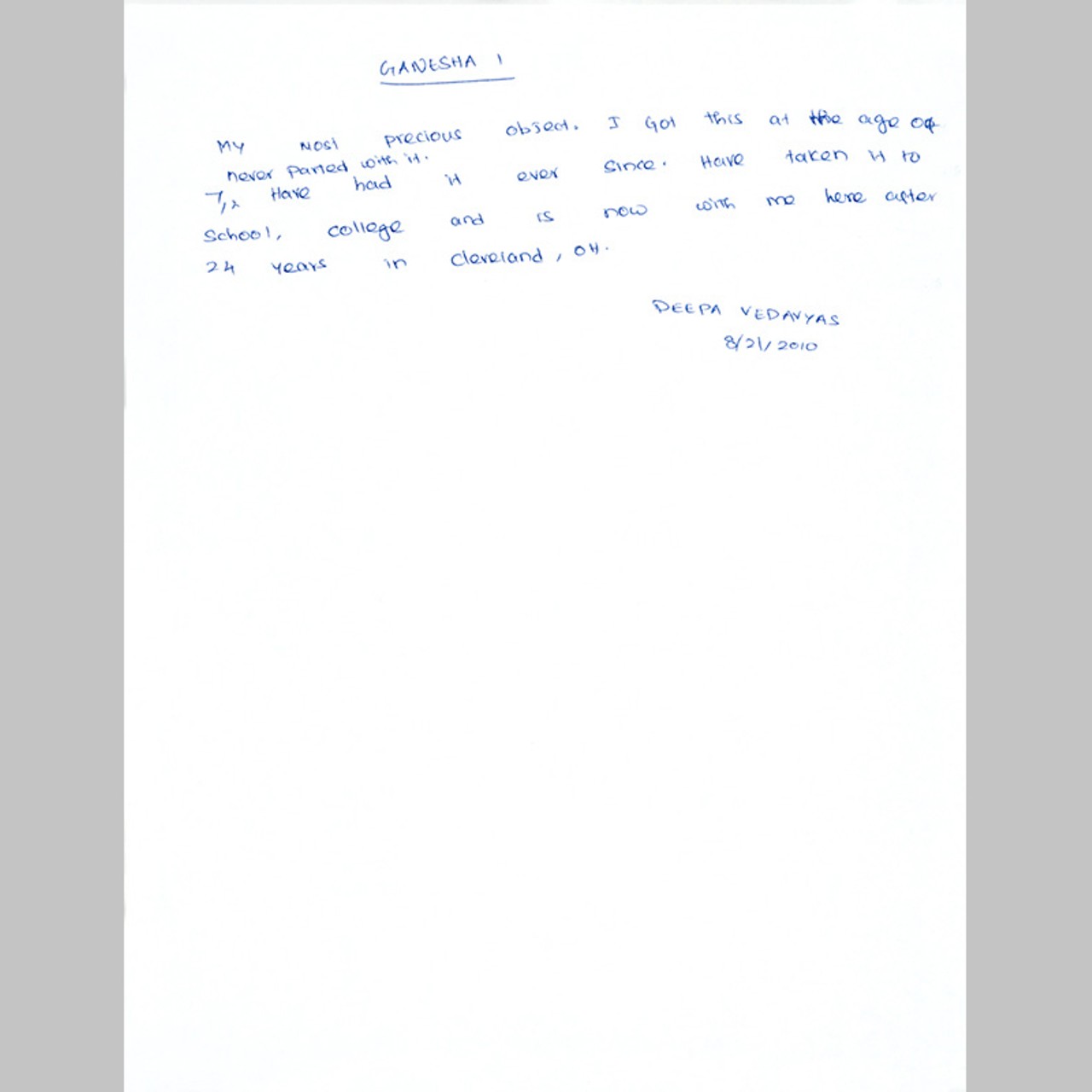
A: The selection process really starts with the stories, and not with the photographs. This is in complete violation of every canon of photographic practice, which is that you only pick your best photographs. For me, it was all about the stories and the presentation: sometimes how people looked, sometimes what people wrote, sometimes how people’s writing looked. What comes out at the end are a handful of stories that I think are important enough to be shared.
Page 1 of 2



